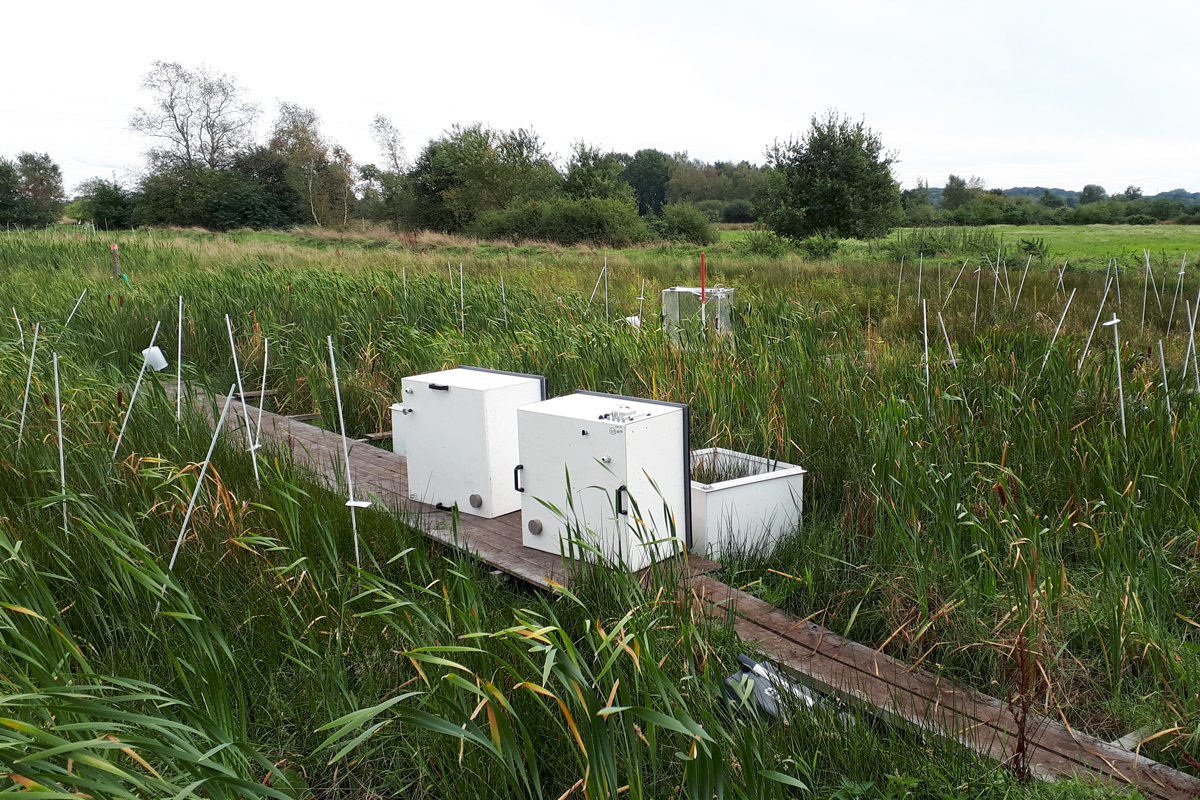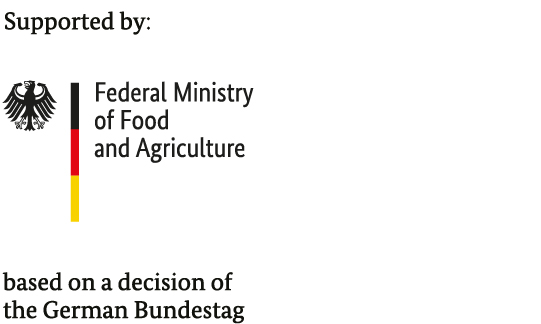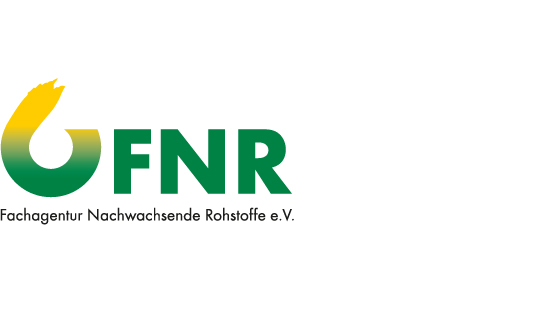Sustainable cultivation and utilization of cattails on fenland sites in Lower Saxony for the manufacture of construction products and peat replacement
Protecting moorlands, avoiding greenhouse-gas emissions and, at the same time, extracting valuable raw materials for house construction and horticulture: That is the aim of this model and demonstration project, which is being implemented in two model regions in the districts of Emsland and Cuxhaven by a total of 13 partners from research and industry. The task of the Fraunhofer WKI is to thereby develop, manufacture and test construction products on the basis of cattails in close collaboration with the Fraunhofer IBP.

The project team aims to create the technical, economic and social foundations necessary for converting fens into climate-friendly wet-cultivation (paludiculture) areas that preserve the peat soil. Sustainably-cultivated and quality-optimized Typha plants (“cattails”) will then be used to produce not only garden substrates as peat substitutes but also marketable construction products.
At the Fraunhofer WKI, we are developing and characterizing Typha foams. For this purpose, we are adapting the process developed at the Fraunhofer WKI for the production of wood foams. The crushing of the Typha particles into extremely fine fibers and the drying of the high quantities of introduced moisture require a relatively large amount of energy. We are therefore testing various approaches in order to reduce the energy requirement. In addition, we are investigating and testing the production of sandwich boards made from Typha foam and cover layers made from pressure-resistant “TyphaBoards”, which are being developed at the Fraunhofer IBP. Our focus here is directed towards the efficient bonding of foam and cover layers. The sandwich elements are to be used, for example, as thermal insulation and cladding for timber constructions and roof trusses.
The construction materials are thereby tested in accordance with national and international standards and are prepared for certification. Furthermore, they will be tested in actual new-build and renovation projects.
Last modified:
 Fraunhofer Institute for Wood Research
Fraunhofer Institute for Wood Research 
